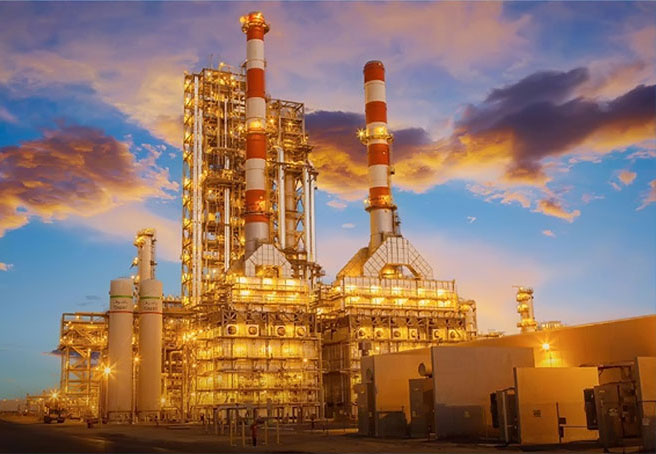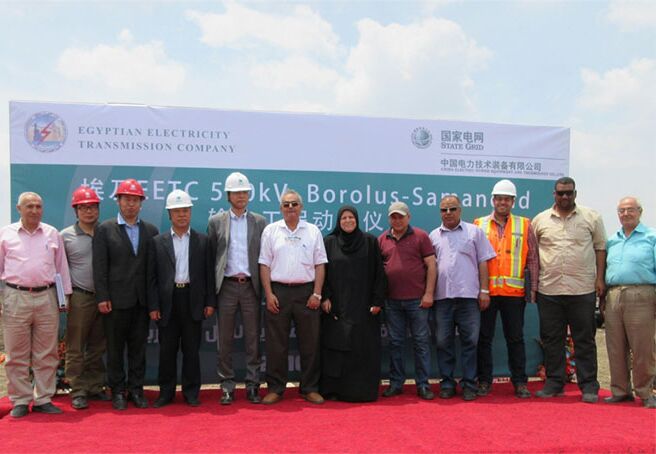Saudi Arabia
In January 2016, the Yanbu refinery project was officially put into operation. This is China's largest investment project in Saudi Arabia.
Egypt
In July 2016, the construction of Baroud section of Borolus-Itay (79 km) was started. This project is the first building contract successfully signed under China-Egypt capacity cooperation, and it is also the largest and highest-voltage transmission line project in Egypt.


















 Yanbu refinery: China's largest investment project in Saudi Arabia
Yanbu refinery: China's largest investment project in Saudi Arabia China starts construction of Egypt's largest electricity transmission line
China starts construction of Egypt's largest electricity transmission line











